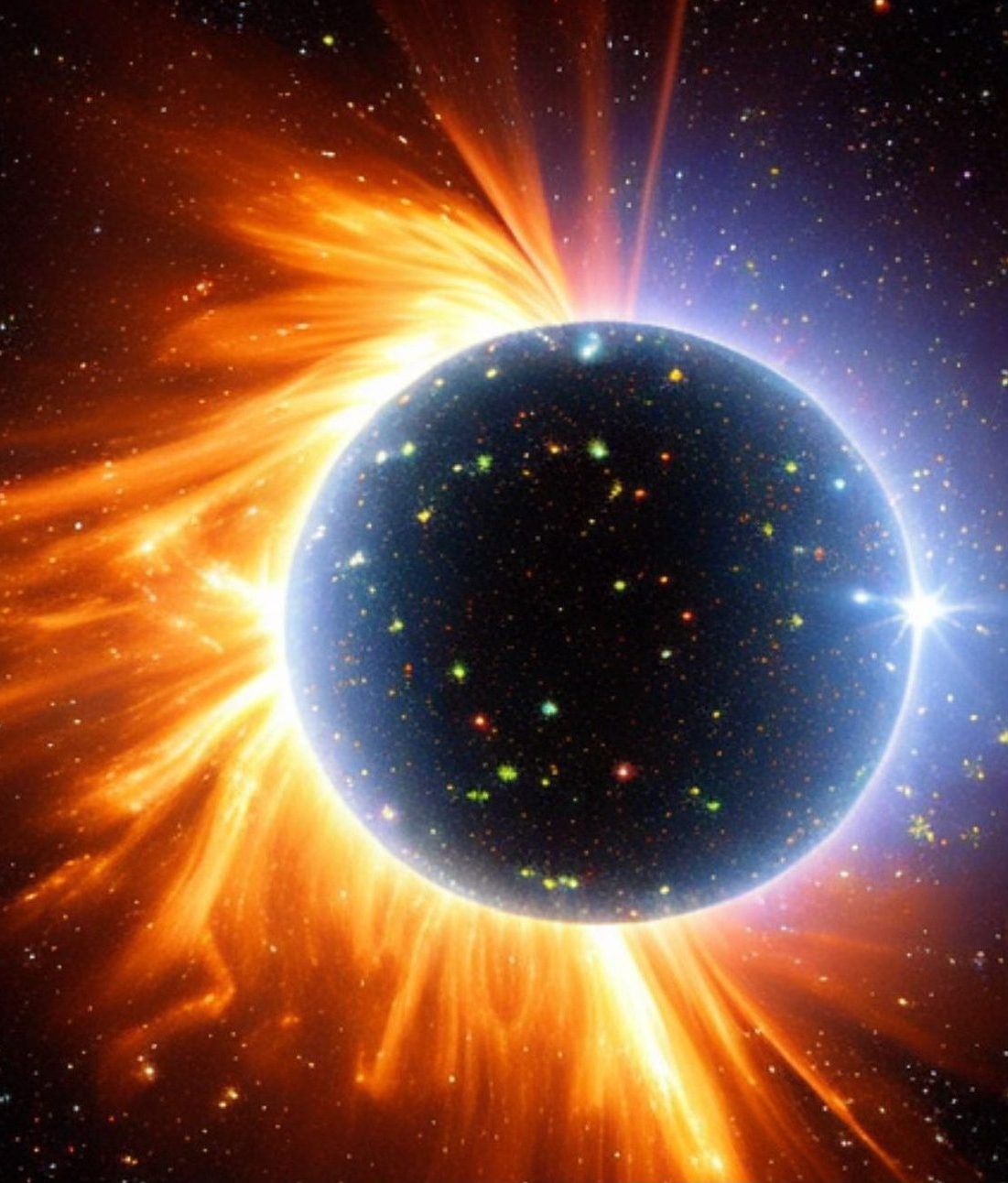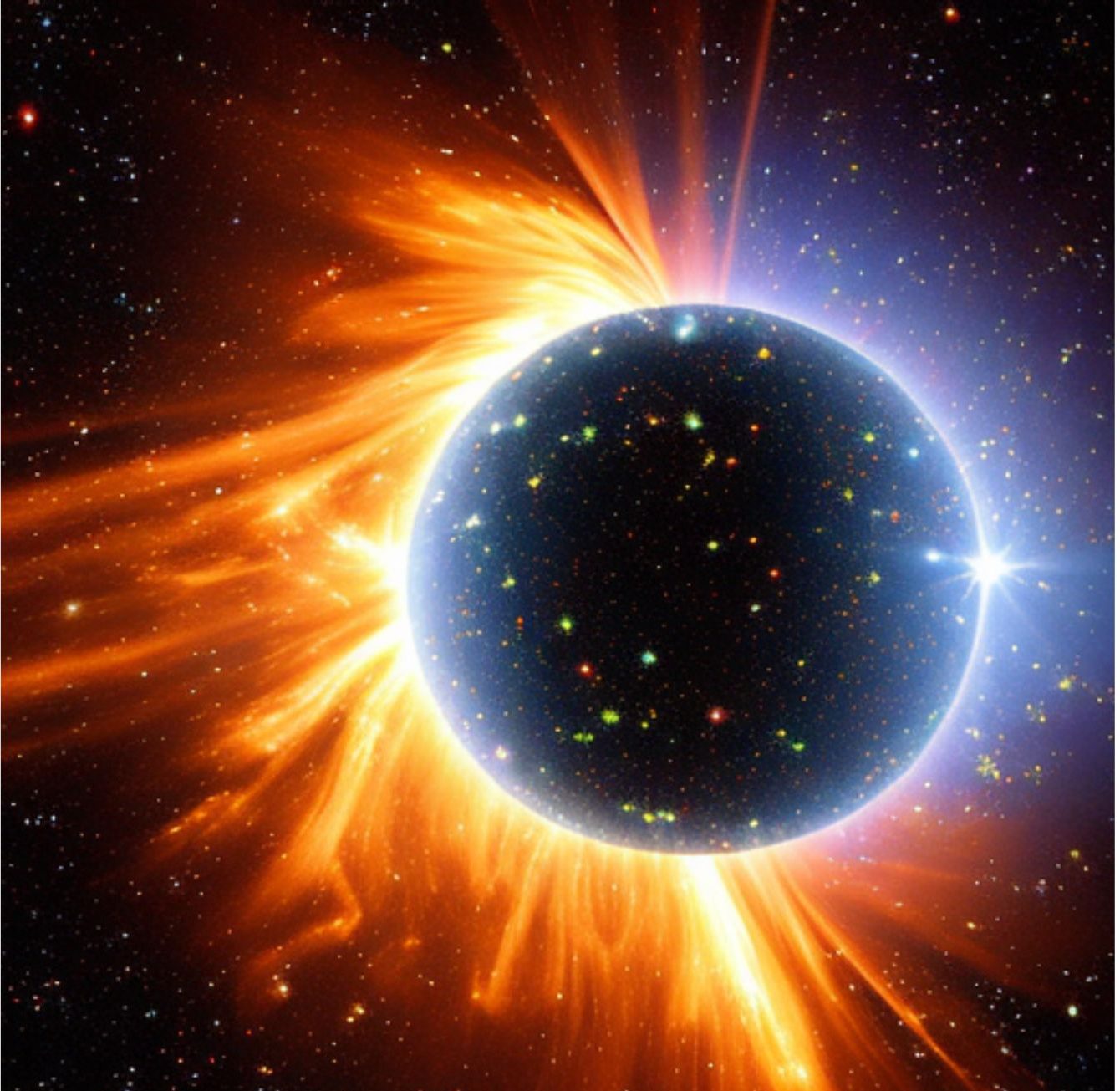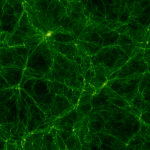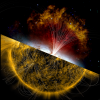
An international team co-led by Nelson Padilla, a researcher at the Institute for Theoretical and Experimental Astronomy (IATE), recently published a paper that opens up new possibilities for studies of the composition of the universe through the link between black holes, electric charges and dark matter.
By Facundo Rodriguez
facundo.rodriguez@unc.edu.ar
Dark matter is one of the big questions in science today. Although it is necessary to explain the formation of galaxies and the large structures of the universe, we still do not know what kind of particles it comprises. According to theoretical developments, it should be composed of some material different from that of stars, gas or dust. It is called 'dark matter' because, unlike the matter we know, it should not emit light. There have been different proposals to explain it, including extinguished planets or stars, some exotic fundamental particles or black holes.
Primordial black holes
In the paper published in the prestigious Journal of Cosmology and Astroparticle Physics, the researchers revisited the black hole proposal to explain dark matter, but, in particular, they consider primordial black holes. That is black holes that, hypothetically, formed just after the Big Bang. Furthermore, they show that these black holes would be electrically charged. This could have interesting implications for the search for dark matter.

Artistic representation of a black hole.
Nelson Padilla, researcher and director of IATE, explains: “Since the 1960s, it has been thought that small black holes could be candidates to explain dark matter. They would have mass from less than a kilo upwards and could be smaller than atoms. Moreover, they would form at an extraordinary time, in the early universe. He adds: “The gravitational waves that were observed in 2016 allowed us to deduce that the masses needed to produce some collisions that give rise to the waves could be black holes from the beginning of the Universe.
Dark matter and electric charges
The interdisciplinary team of researchers from Argentina, Chile, Spain and Italy, through studies combining theoretical physics and astrophysics, determined that, if primordial black holes existed in sufficient numbers, they could explain the observed presence of dark matter in the Universe. However, they would also have to be electrically charged. This would provide an additional complication to the alternative explanation for the idea that dark matter is composed of subatomic particles that do not interact with light.
This publication proposes and shows that, if dark matter is composed of primordial black holes, then it must have an electric charge. Therefore, besides interacting with the rest of the matter by the force of gravity, it will interact with the rest of the matter because of electromagnetic forces. With this in mind, the authors calculated the fraction of electrically charged primordial black holes that would be needed to explain the observed amount of dark matter and explored how existing and future astronomical observatories could detect them.
Future projects
Based on the results, the team continues to work on other implications of this dark matter proposal. For example, they are analysing whether the electromagnetic forces produced by primordial black holes could be the origin of magnetic fields in the Universe and, on the other hand, whether the electromagnetic fields produced by these objects could be responsible for certain phenomena in the evolution of galaxies.
Scientific publication |
| Dark matter from primordial black holes would hold charge
Authors | I. J. Araya (Universidad Arturo Prat, Chile), N. D. Padilla (IATE, CONICET/UNC, Argentina), M. E. Rubio (Scuola Internazionale di Studi Avanzati, Italia), J. Sureda (Donostia International Physics Center, España), J. Magaña (Universidad Central de Chile, Chile) & L. Osorio (Pontificia Universidad Católica de Chile, Chile). |








